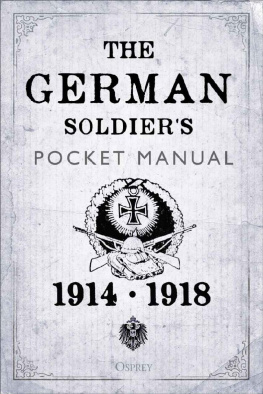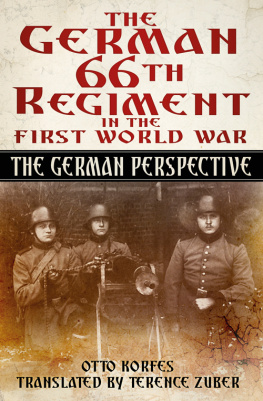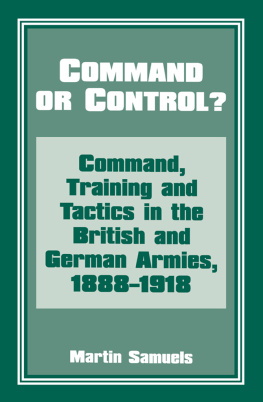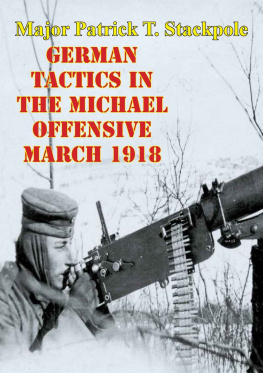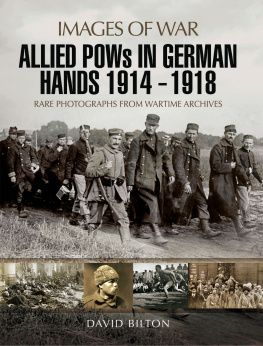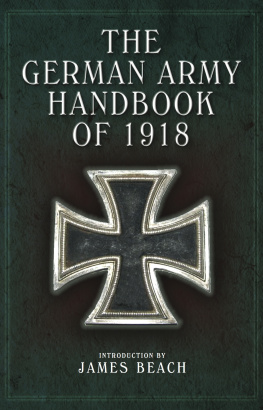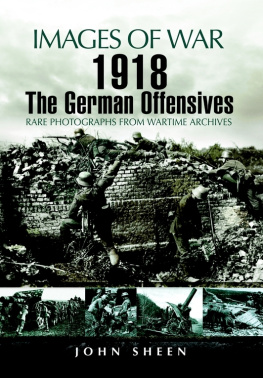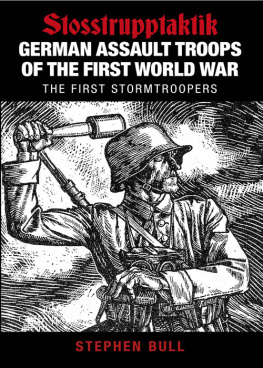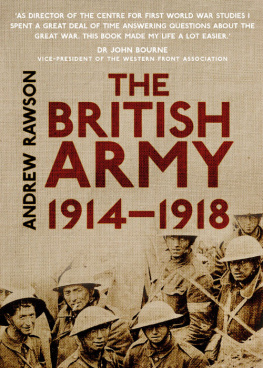This edition is published by PICKLE PARTNERS PUBLISHINGwww.picklepartnerspublishing.com
To join our mailing list for new titles or for issues with our books picklepublishing@gmail.com
Or on Facebook
Text originally published in 1918 under the same title.
Pickle Partners Publishing 2014, all rights reserved. No part of this publication may be reproduced, stored in a retrieval system or transmitted by any means, electrical, mechanical or otherwise without the written permission of the copyright holder.
Publishers Note
Although in most cases we have retained the Authors original spelling and grammar to authentically reproduce the work of the Author and the original intent of such material, some additional notes and clarifications have been added for the modern readers benefit.
We have also made every effort to include all maps and illustrations of the original edition the limitations of formatting do not allow of including larger maps, we will upload as many of these maps as possible.
A SURVEY OF GERMAN TACTICS, 1918.
Prepared by
HISTORICAL SUB-SECTION, GENERAL STAFF, A. E. F.
PART I. A SURVEY OF GERMAN TACTICS DURING THE CAMPAIGN OF 1918.
A survey of German tactics during 1918 is facilitated by the dramatic change that came over the situation on the 18th of July. Up to that date we are concerned with offensive tactics, after that date only with defensive. The subject thus naturally divides in two.
At the head of the German army, is the spring campaign opened, was Field Marshal von Hindenburg, an exponent of offensive tactics who had, until then, and quite recently in the attack on Riga, met with remarkable successes. In the early phases of the war and on the Eastern front Hindenburg had more or less practiced von Schlieffen's Cannae theory, the refusal of the center and double envelopment of the wings. With the immense frontal developments, of the later stages of the war, this tactical scheme became less and less workable and the tendency became rather to search out and exploit a weak point in the opponent's line. By making a sufficient effort to break through, at such a point, envelopment could then again be practiced, though in this case from the center outwardly to the wings. The adjustment of the armies on the Western front so clearly precluded the possibility of envelopment without the previous break through that it may be assumed that this method was firmly fixed in the German Field Marshal's mind when the spring campaign opened.
It is now a well-known fact that the Allies created such a weak point in their line, as Hindenburg would naturally seek for, to the south of the Somme, in the early part of the year. Not only did this open the opportunity for breaking through, but it did so at a point where the prospective strategic results for the Germans were possibly greater than at any other, point of the front. What followed is well known, a successful break through, two or three days of immense advantages, reaped through a lateral envelopment, turning both north and south, but eventual stabilization of the lines before the German command could turn their great success to decisive profit.
In the lesser offensives that followed, down to that of the 27th of May on the. Aisne, the same fundamental idea was at work, but these were less skillfully conducted and the resistance was stronger, save in the last case. On the Aisne, the German success in breaking through a most dangerously weakened part of the Allied line was even greater than in March, that is to say, the advance was more rapid and the penetration, relatively to the front deeper. But, on the other hand, the setting up of a lateral envelopment, either eastwards towards Epernay-Chalons-Verdun, or westwards towards Meaux-Paris, did not materialize.
Even after the Allied resistance had been, to a large extent, shattered, the German command showed little ability to free itself from an over-methodical estimate of the situation and to make really bold and military decisions. What with this and the geometrically increasing difficulty of supply, as penetration was affected, the large successes won were not adequately exploited in the direction of decisive success.
In the partial successes of these German offensive movements, which we have noted, no factor played a more important part than surprise. Military theorists have always agreed on the supreme importance of surprise and the experience of the present war wholly confirms this view. But the present day conditions of surprise represent an extremely delicate and complex adjustment when we compare them with those of previous wars. The fog that enveloped armies in the past has largely disappeared, that is, if not in the obvious sense, in the practical sense that the opponent can be pretty closely located on the map, while the stricter and increasingly computable relation between troops and supply lines, together with the ever-increasing delaying power of the defensive, arising from improved materiel, both tend to make the problems more closely calculable.
Without taking the space necessary for reviewing all the elements in the case, it may be said summarily that, under the conditions on the Western front, surprise was both more important and more difficult to secure than under normal conditions. Both sides, during 1918, devoted immense efforts to securing secrecy on the one hand and on the other quicker tactical methods and each of these was an equal element in surprise. Attention is called to the cases cited, in the second part, of elaborate precautions taken to preserve secrecy and to the numerous devices adopted in the adjustment of infantry and artillery for the tactical shock, of which the general tendency can be summarized now. This general tendencythat is ; in the attempts to gain tactical advantages by new adjustmentswas generally in the direction of securing greater rapidity of movement while not unduly sacrificing fire effect. In other words, while the infantry attack was quickened, up to a point at which it outdistanced most of its supporting artillery, its fire effect was heightened by the development of the class of weapons that ranges between the rifle and the field gun. Incidentally to this it may be remarked that much of what has occurred during the course of 1918 confirms very strongly the position that the old rigid line between artillery and infantry must be broken down. The real test of the class to which a firearm belongs should be its mobility, that is, whether or not it is mobile enough to be employed in conjunction with rapidly advancing infantry in the field. A gun which, at the present day, is unable to do this, may enter within the category tomorrow, owing to some improvement in tractor or other mechanism.
Suddenly placed on the defensive, by one of the most remarkable reverses in history, the German command felt its way to a defensive tactical scheme, based on previous experience. The most vivid chapters of that experience had been written during the summer and autumn of 1917 by the British at Ypres. There the Germans had boxed the tactical compass. Starting with a rigid and strongly-held front line, they had been compelled, by constantly intensified artillery fire, to adopt a disposition in depth. But this proved not wholly satisfactory, for it was soon found that a forefield, insufficiently supported with artillery, lead to be abandoned gradually to a persistent enemy. Various schemes of counter attacking were then tried and successfully met by the British, so that by the end of the year the offensive clearly prevailed against any defensive disposition which the German command had been able to devise. During the first half of 1918 the German preponderance in attacking power and their command of the initiative had saved them from the necessity of developing a better defensive system. But the counter attack of the Allies, on the 18th of July, followed as it was by a continuous offensive pressure over many weeks, brought up the old defensive problem again. The solution first attempted was to maintain the disposition in depth with the support of counter attack parceled out to relatively small units and to make the first line of resistance stiffer by making it a chain of machine-gun nests. Where the machine-gun nests could be supported by the flank fire of field artillery a tendency to return a proportion of the field pieces, though not the heavier, further forward, also became manifest.




